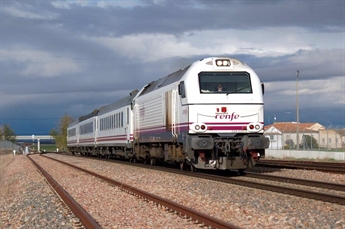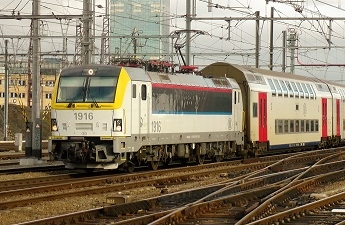Rolling stock • Railway traction
Note: For educational purpose only. This page is meant purely as a documentation tool and has no legal effect. It is not a substitute for the official page of the operating company, manufacturer or official institutions. It cannot be used for staff training, which is the responsibility of approved institutions and companies.
The locomotive is a traction engine for trains. It therefore has an internal motor that enables it to move. The fuels used were developed in three stages:
• 1820 to ca 1960-1970: steam traction engine with coal fuel ;
• Early 1900s to the present day: traction engines powered by electric motors ;
• 1912 to the present day: traction engines with alternators or hydraulic transmissions, running on diesel fuel.
Because of the cost of extracting coal, the low power output and the high maintenance costs of steam locomotives, the last machines of this type were in general use until the mid-1970s. In the early 1960s, a few were still being built for local railways. This 150-year period of steam traction therefore deserves a brief retrospective, before we turn our attention in the following pages to diesel and then electric traction.
Today’s traction is divided into two distinct systems:

Autonomous traction (with energy tank):
• hystory of diesel traction
• principles of diesel traction
• current diesel locomotives
• dual-mode locomotives
• hydrogen propulsion
• battery propulsion
• leasing companies

Electric traction (non-autonomous / external collection):
• the three techniques of electric traction
• overview and chronology of electric traction
• principles of electric traction
• first period DC and AC 15kV 16Hz ²/³
• current conversion: from AC to DC motors
• current electric locomotives
• dual-mode locomotives
• manufacturers
• leasing companies
Over the last decade, advances in the traction chain have made it possible to add a diesel engine to certain electric locomotives, enabling them to continue a short journey on non-electrified track. Stadler, for its part, has developed a genuine dual-mode electric/diesel locomotive for longer journeys on non-electrified track. Today, the range is expanding to include a variety of solutions for increasingly specific needs. 🟧
——————————————————————————————————————————————————————————————-
